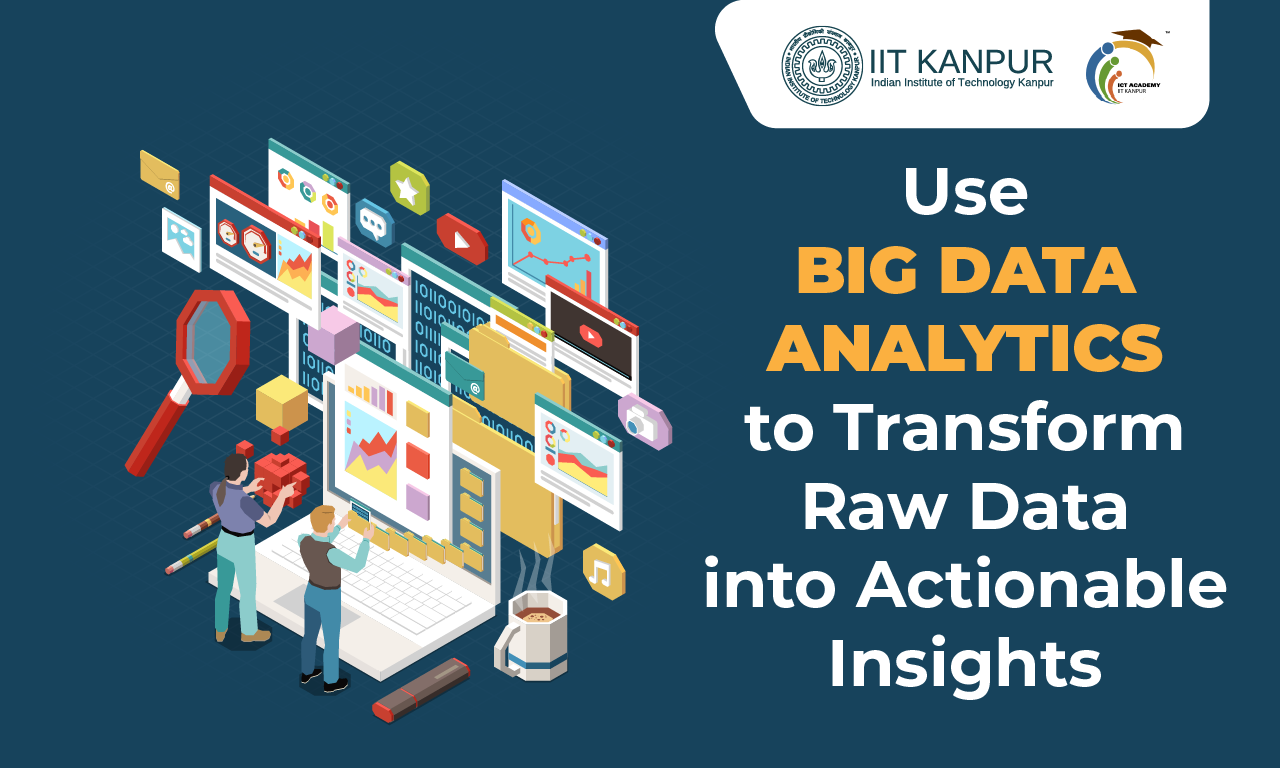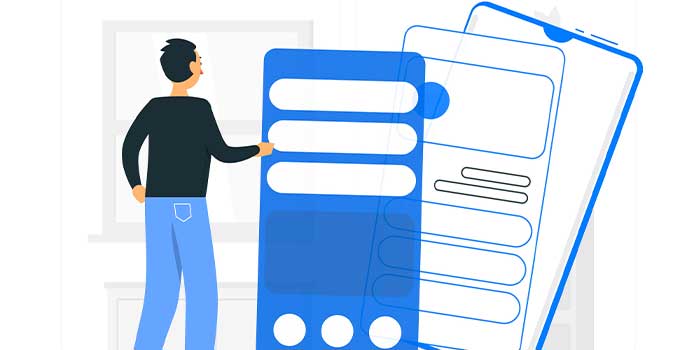Big Data Analytics: Transforming Raw Data into Actionable Insights

How Businesses Are Leveraging Big Data Analytics
At present, data is everywhere, and it is a valuable resource. Businesses cannot use raw and unstructured facts. The data needs to be organized and converted into actionable insights before it can be used by organizations to make decisions. Data transformation is vital for organizations as it helps them make strategic and data-driven decisions.
With data analytics, businesses convert large amounts of raw data into actionable insights. According to Fortune Business Insights, the market size of big data is projected to surpass USD 924.39 billion by 2032. Read on to learn about the process of big data analytics, the tools used, and how businesses are leveraging big data analytics.
Process of Big Data Analytics
To make data understandable and actionable, there are different types of big data analytics, including predictive, spatial, real-time, descriptive, text, and more. Regardless of the type of big data analytics, the data conversion process is similar. Here is a step-by-step process of big data analytics:
1. Collect Data
The first step is to collect data, which involves identifying and acquiring data from various sources, both internal and external. The amount of data collected can be staggering, and the format can vary greatly – structured data from databases, unstructured text from social media posts, and semi-structured data like log files. The key is to gather data relevant to your specific goals and objectives.
2. Process Data
After the data is collected, it needs to be processed to get accurate results. Different data processing options exist, such as stream processing, batch processing, and more. The collected data must be extracted from its source and converted into a format compatible with the chosen analytics tools. Data should be transformed and integrated into a single, unified dataset, especially the data acquired from different sources.
3. Clean Data
The collected data needs to be cleaned to enhance its quality and obtain precise results. In this stage, errors, format inconsistencies, and missing values are identified and corrected. Cleaning methods such as outlier detection, data scrubbing, and data imputation are used to clean the data. Dirty data can result in false outcomes, so this step is crucial.
4. Analyze Data
Various analytical techniques will analyze the cleaned data to extract meaningful patterns, trends, and relationships within it. There are different types of big data analysis methods, such as data mining, statistical analysis, deep learning, mathematical analysis, machine learning, and more.
5. Visualize Data
Data visualization is the process of converting complex data into clear, simple visuals, such as charts, graphs, and dashboards. This helps people, even those without a technical background, to easily understand the insights derived from the data. Power BI, Tableau, and QlikView are some of the tools used to simplify and visualize the data.
6. Data Storage and Management
Storing and managing the analyzed data is vital. Big data storage solutions like Hadoop and data warehouses are used to safely manage and access large volumes of data.
Top Big Data Analytics Tools
Various tools are used for big data analytics that serve different purposes. The most commonly used tools are listed here:
1. Hadoop
Hadoop is a free, open-source framework that allows for distributed processing of large datasets across clusters of computers. This tool is the best at storing and processing large datasets in a reliable and scalable way.
2. Tableau
Tableau is a powerful data visualization tool that transforms complex data into clear and easy-to-understand visuals. This tool allows users to create interactive dashboards and reports, making data insights accessible to everyone.
3. Spark
Spark is another open-source tool built on top of Hadoop, and it handles stream and batch processing techniques. It is known for its speed and efficiency, making it ideal for real-time data processing and complex analytics.
4. NoSQL Databases
It stands for not only SQL databases. NoSQL databases offer a more flexible alternative designed to handle large volumes of unstructured or semi-structured data. This tool can accommodate various data formats.
5. YARK
Yet Another Resource Negotiator (YARN) is a core component of Hadoop that manages cluster resources and job scheduling. This tool ensures all the data processing tasks have the resources needed to function smoothly.
6. Power BI
Microsoft’s Power BI suite of business analytics tools offers data visualization, data warehousing, data modeling, data transformation, and interactive reporting capabilities.
7. RapidMiner
RapidMiner is an open-source data science platform that simplifies the process of data preparation, modeling, and deployment. It provides a visual interface for building data pipelines and applying machine learning algorithms.
How Businesses are Using Big Data Analytics
Let’s see how real-life examples of how businesses in different industries are leveraging big data analytics:
1. Amazon
Amazon uses a sophisticated recommendation engine powered by big data. This engine analyzes your past purchases, browsing history, and even reviews from other customers to suggest products you might be interested in. The result? Generates 35% of annual sales.
2. Netflix
Netflix analyzes viewing habits, search queries, and ratings to create personalized recommendations for each user. The result? 93% customer retention rate.
3. The Marriott Hotels
Marriott Hotels use guest data to personalize the guest experience and anticipate guest needs, such as room temperature or preferred amenities. The result? Revenue increased by 5% per room.
4. Uber Eats
Uber Eats analyzes real-time traffic data, weather patterns, and restaurant wait times to optimize delivery routes and predict delivery times accurately.
5. Starbucks
Starbucks uses big data analytics to recommend drinks, provide rewards programs, and optimize locations using users’ mobile app data.
Wrapping Up
Big data analytics helps businesses use large amounts of data from various sources in different formats. With the power of data analytics, organizations can thrive in the competitive industry, stand out from other companies, and make better decisions. Even in the future, big data analytics tools will increase, help businesses work more efficiently, and provide a better customer experience.



